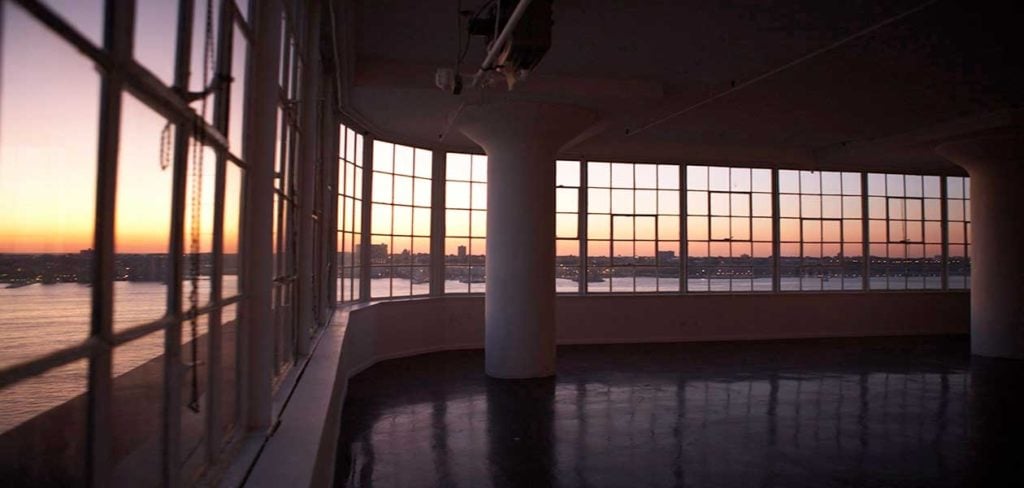Art Fairs
Sharing the Wealth? A New Art Fair Plans to Split Profits With Dealers When It Launches in New York Next Year
Future Fair plans to share 35 percent of its profits with exhibitors.

Future Fair plans to share 35 percent of its profits with exhibitors.

Taylor Dafoe

For many galleries, art fairs present a “damned if you do, damned if you don’t” proposal. The cost to participate has grown increasingly steep, with many charging tens of thousands for a booth, plus expenses for shipping, travel, and insurance. Do more than one fair a year—let alone five or six—and that number balloons quickly. On the other hand, not participating can amount to a significant lost business opportunity.
Future Fair, a new New York startup launched by fair veteran Rachel Mijares Fick and art adviser Rebeca Laliberte, poses an answer to this problem: it will cut a share of its profits with participating galleries.
“We have so many types of galleries in our marketplace and yet the fair landscape offers one cookie-cutter model for them all,” Mijares Fick tells artnet News. For her, the idea of Future Fair started percolating around 2015 or 2016; it gained steam last summer when she partnered with Laliberte.
“I realized that we need optionality to better serve all the kinds of galleries we have,” Mijares Fick says. “I’ve seen fairs significantly help the careers of artists and gallerists, I’ve also seen great galleries have to close their doors because of the pressures fairs present. Why can’t we have one and not the other?”
For the first four editions of Future Fair, all 36 of the “Founding Galleries” who participate in the first version will split 35 percent of the profit. That might be nothing the first time around, Mijares Fick admits, explaining that, as is often the case with new businesses, the first year’s goal is just to break even. After that, she and Laliberte expect galleries to get a return of “three to four figures.”
When this time comes, galleries will have a choice to accept the money in the form of a cash payout, use it as a credit for the following year’s fair, or put it towards what organizers call the “Pay It Forward” fund, which will be put toward sponsoring up-and-coming galleries in future editions.
“It’s a way of holding us accountable and allowing the galleries that join in the first year to grow with us, share in our success, and be able to invest it back into their business or others,” says Laliberte.

Canoe Studios, where the first edition of Future Fair will be held. Courtesy of Canoe Studios.
Future Fair joins a relatively crowded field of startup enterprises trying to upend the traditional art fair model. Object & Thing, a booth-less Brooklyn-based expo where dealers were kept away from the items they were selling, launched its inaugural version earlier this year. Other fairs like SPRING/BREAK Art Show, Felix LA, and Superfine have all introduced their own alternative models in recent years.
Rather than the cubicle-style booths that populate most fair floors, Future will dedicate salon-style rooms to its exhibitors. Galleries will be put two to a room, where they’ll co-curate exhibitions. (Spaces will cost between $6,500 for a 300-square-foot room and $10,900 for 700 square feet.)
“The idea is to slow down the process of going through an art fair,” says Laliberte. “We want it to feel less like a trade show and more like you’re walking through a parlor or a series of exhibition rooms like a museum.”
The first edition of the Future Fair is set to take place May 7- 9 2020, during Frieze New York.